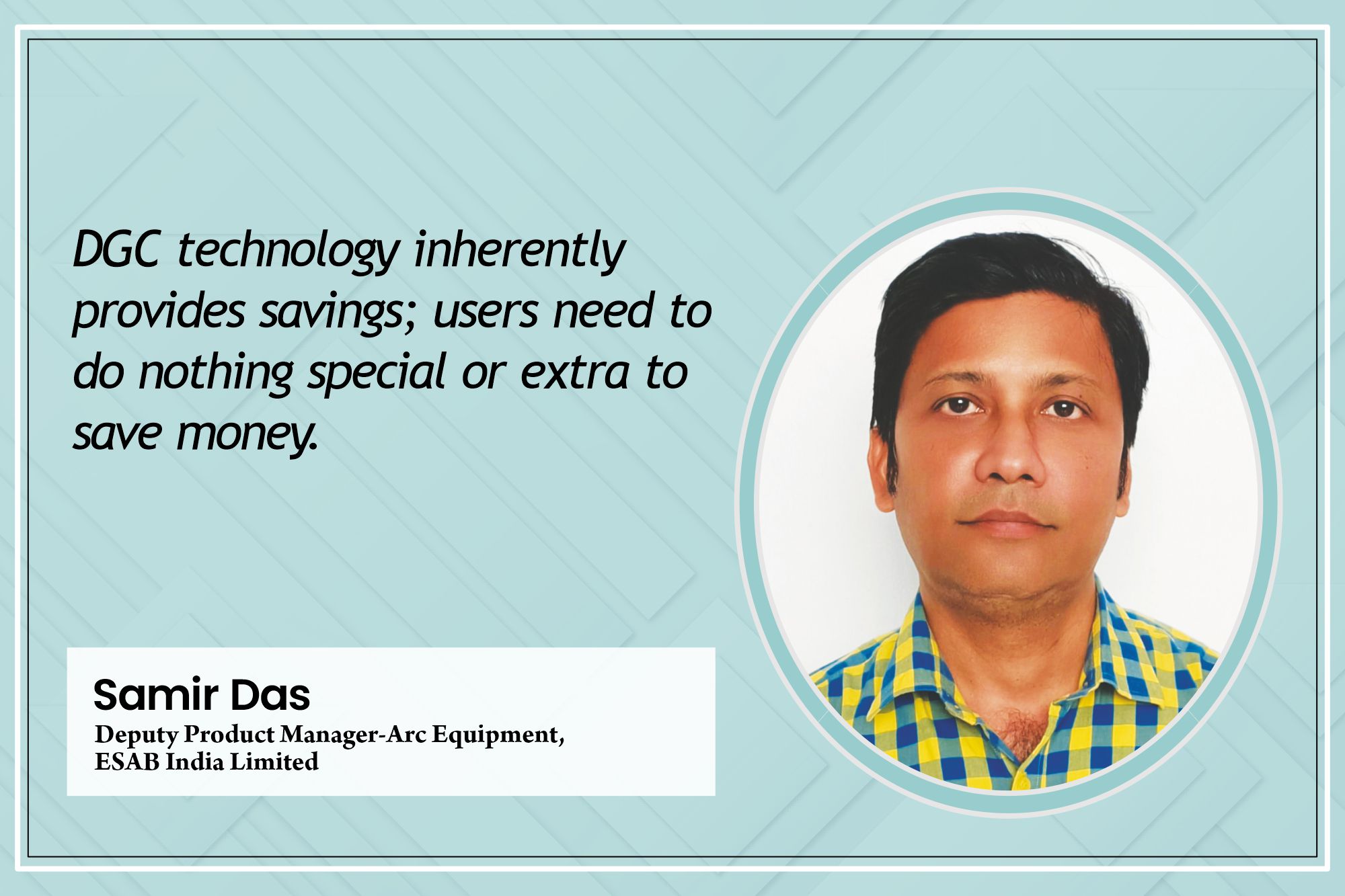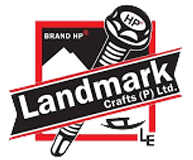Focusing on carbon footprint for more sustainable welding
By Staff Report | October 25, 2024 8:05 pm SHARE

Fronius promotes welding sustainability through a certified life cycle assessment (LCA), lowering carbon footprints by optimising resource efficiency and cooperating with clients to develop environmentally-conscious welding solutions.
Fronius is taking a groundbreaking step towards sustainability and resource efficiency by conducting a certified life cycle assessment (LCA) for welding applications. Taking a comprehensive approach to welding, from device manufacturing to customer use and end of life, provides insights into the major areas where we can lower our carbon footprint. Industry pioneers aim to address these issues in collaboration with our clients.
There is no doubt that welding forms long-lasting connections between metals. But how can we make this process more sustainable in terms of environmental impact for the customer’s application? “In addition to cost-effectiveness, the carbon footprint of their production processes and components is becoming important for our customers. That’s why we want to create added value for the users of our welding solutions, not only by further minimising the carbon footprint of our devices but also by helping companies to reduce their consumption of resources during welding,” Harald Scherleitner, Global Director of Sales and Marketing, Fronius International GmbH’s Business Unit Perfect Welding.
Facts over feelings
The discussion over sustainability is emotionally charged, but Fronius’s approach to sustainability is based on evidence. They begin by presenting facts: “We examined two typical, real-world applications that our customers use when welding steel and aluminium, and had the analysis certified by the highly regarded Fraunhofer Institute,” explains David Schönmayr, Team Leader for Product Sustainability at Fronius International GmbH. In collaboration with partner to4to (together for tomorrow), Fronius experts methodically examined the environmental consequences of welding variables such as material, energy, gas, and emissions using standardised methodologies as part of a life cycle assessment. Based on this, we can acquire a detailed picture of welding equipment, specifically the TPS/i 320 and TPS/i 400.
This comprehensive ‘cradle-to-grave’ approach begins with raw material procurement, which includes welding machine production and transportation, years of use in industrial shifts, and wear parts. It investigates what happens when the welding machine reaches the end of its life cycle after a long service life.
Translating the carbon footprint to 1 metre of weld
Each component and welding application is unique and influenced by various elements, including the base material, seam shape, and welding settings. That is why Fronius picked a structure that provides an unambiguous presentation of the results, making them easier to interpret. “We translate the CO2 proportion of the relevant parameters over to 1 meter of weld because it quickly shows us where our starting point should be,” Schönmayr explains. “For the CO2 proportion in use, we’ve based our calculations on the welds of robot series production with a typical duty cycle of eight years. We did this by referring to actual customer examples, which consisted of an automotive supplier that uses the TPS 400i in its robot configuration for steel welding and a vehicle manufacturer that welds with the TPS 320i CMT.”
The biggest lever: resource-efficient use
Only about 0.5 percent of the total CO2 equivalents from a Fronius TPSIi welding system’s life cycle are attributed to the welding machine’s production, repair, and disposal. The remainder is divided among the filler metal, shielding gas, and energy consumed, emphasising the significance of making good use of these resources in particular.
“The good news is that at Fronius, we have already been working for many years to keep our material and energy consumption during welding as low as possible. To this end, we have built up almost 75 years of know-how and developed innovative—and sometimes groundbreaking—technologies such as the first inverter welding machines (Transarc 500), the first digitally process-controlled TPS welding systems, and the revolutionary CMT (Cold Metal Transfer) welding process. Regarding efficiency, we believe that digitalisation continues to present tremendous potential,” affirms Scherleitner. Many Fronius customers have already optimised their production using the WeldCube Premium welding data management and analysis tool—and, thanks to the high quality of the results, they are now increasing their time and material savings.
Economic benefits = environmental benefits
Fronius aims to collaborate with its clients to address areas where CO2 can be reduced. High welding quality is critical to ensure that materials are used as efficiently as feasible or to avoid wasting resources on rejects or rework. Reproducible, high-quality welded joints benefit both the bottom line and the environment, so having a holistic approach to production at the component level (TCOP—total cost of production) may make a significant difference. However, Fronius also offers simple solutions, like the OPT/i Gas digital gas controller, which can cut shielding gas use by up to 40 percent on average. If there are several short welds, the savings potential is significantly greater.
“Sustainability in joining is at the top of our agenda. Our experts in research and development follow the ‘Sustainability by Design’ approach. In this way, we create environmentally inspired innovations combined with our understanding of the challenges our customers face. Working together is, however, the best way to save material, time, and money while gradually reducing the carbon together. Our LCA is only the starting point for a series of tips we’ll share with our customers,” says Scherleitner.
Fronius experts may provide focused assistance to help customers identify carbon savings opportunities in production, such as using the OPT/i Gas digital gas controller or the WeldCube Premium monitoring and analysis tool.
For more information, visit: https://www.fronius.com/en-in/india
Cookie Consent
We use cookies to personalize your experience. By continuing to visit this website you agree to our Terms & Conditions, Privacy Policy and Cookie Policy.








































































